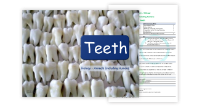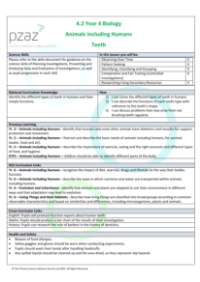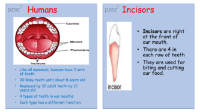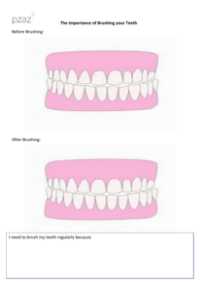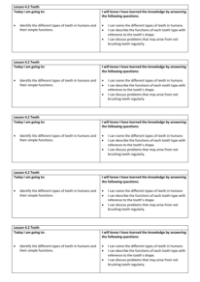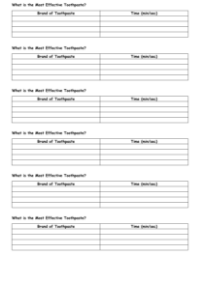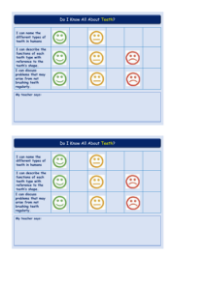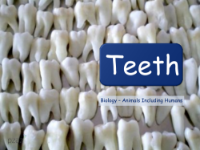Teeth - Teacher Explanation

Science Resource Description
Welcome to Lesson 4.2 on Teeth, part of the Year 4 curriculum on animals, including humans. This lesson aims to teach pupils about the different types of human teeth and their functions while considering health and safety aspects. As the lesson involves handling food, precautions for food allergies are advised, along with the use of safety goggles and gloves during practical activities. Pupils are reminded to wash their hands thoroughly after practical work, especially since liquids used can create slip hazards if spilled. The lesson also offers cross-curricular opportunities, such as writing reports on tooth functions in English, creating bar charts for experimental results, and exploring the historical role of barbers in dentistry.
The practical experiments begin with investigating what stains teeth, using eggs as a model for tooth enamel, which is submerged in different liquids like water, tea, coffee, orange juice, and cola. Over a period of days, the eggs are observed for changes in colour to determine which liquid is most likely to stain teeth. Another experiment focuses on identifying the most effective toothpaste for protecting teeth. This involves coating eggs in different toothpaste brands and then submerging them in vinegar to simulate the effects of acids on teeth. Pupils will observe which egg withstands the acidic environment the longest, indicating the most effective toothpaste. The lesson also emphasizes the importance of regular brushing to prevent tooth decay, as it removes bacteria and food residues that can harm teeth. By the end of these activities, pupils should have a better understanding of dental health and the benefits of brushing teeth.

